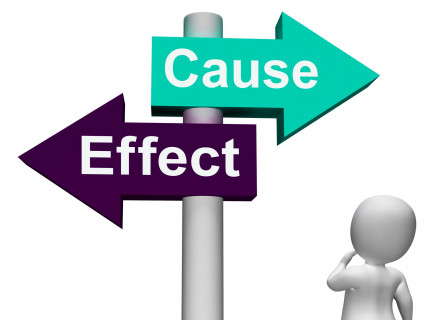Trial details
76 students and health care workers were tested. None had any neck, shoulder or thoracic pain, and none were undergoing any psychiatric treatment.
Muscles examined
The examiners assessed the following muscles in the upper back and across the top of the shoulders for trigger points.
- upper and middle trapezius,
- serratus anterior, and
- rhomboideus major and minor.
Measurement of depression
The level of depression symptoms was assessed using a questionnaire called the Beck Depression Inventory. When assessing the general population a score of 21 or over represents depression.
Results
Prevalence of trigger points
60% of subjects had one or more latent (not causing pain) trigger points in the muscles examined.
Relationship with depression
To check the relationship between trigger points and depression the researchers grouped the people into three groups: no trigger points, a few trigger points and high numbers of trigger points. This is what they found.
No trigger points group
These had an average depression score of 8
Low trigger points group (1-5 trigger points)
This group had an average depression score of 10.3
High number of trigger points group (more than 5 trigger points)
This group had an average depression score of 28.5 Scores of 21 and above are considered clinical depression)



